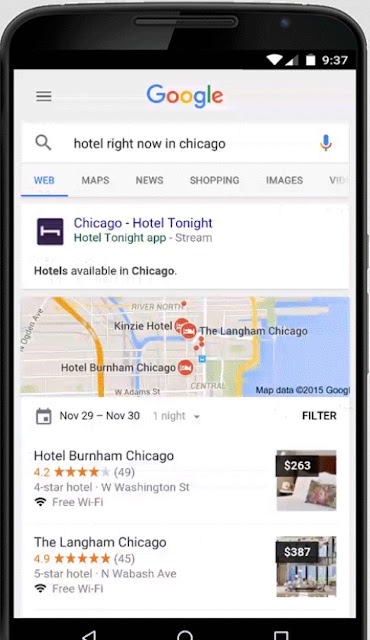Yahoo – Stopped Users from Accessing Emails, Using Ad-Blocking Software
Yahoo has confirmed that it has stopped some of it customers from accessing their email if they tend to be using ad-blocking software in their browser. Some of the users in the US had reported that Yahoo mail had been displaying message requesting them to disable their ad-blocker prior to accessing their inbox.
A Yahoo spokesperson has commented that `at Yahoo, they are constantly developing and testing new product experiences. Members from an ad-blocking forum had informed that they had managed to evade the limit already. It is said that ad-blocking has turned out to be controversial and the technology companies have responded in various ways.
Apple had updated its mobile operating system iOS, in September to enable third party ad-blocker to be installed though they did not remove Apple’s own ads that serve up in apps. On the other hand Google introduced a paid subscription version of YouTube enabling viewers to remove ads for a monthly fee, on the video streaming site.
Ad-blocking advocates state that disabling advertisements could increase the battery life of smartphone as well as reduce the usage of mobile data. It could also avert users from being tracked by advertisers online as well as protect devices from malware which could be served up when an advertising network tends to get compromised.
Test – A New Product Experience
Yahoo had acknowledged adverts on its homepage in 2014 that it had been infected with malware for four days. However, the company presently tends to rely on advertising to earn revenue from its Yahoo Mail service that is available for use, free of cost.
Yahoo has not disclosed how long the test would be running or if it would ultimately roll out the new feature to its Yahoo Mail users. It was observed that they were unable to access Yahoo Mail through Google Chrome or Mozilla Firefox when the browser had installed the ad-blocking extension. As per BBC, Yahoo states that it is progressing the testing which is a new product experience focused for users in the U.S.
Though it is unknown how many users tend to get affected by this test, Yahoo has informed that this test will be running for a small number of Yahoo Mail users in the USA. Few users of USA had reported that a message in Yahoo Mail has asked them to turn off their ad blocker in order to access their inbox.
Users Barred from Viewing the Site
A member on an ad-blocking forum had informed that they have found a way of bypassing the restriction of Yahoo and in September, internet users trying to access the Washington Post’s website on using the software noticed that they were barred from viewing the site and were navigated to a subscription page and requested to enter their email address in order to unlock the content they intended to read.
This is about a significant discussion regarding customer choice; controls and the level of ads which customers tend to receive. This change was met with contempt by the users most of whom were keen to stop utilising the service and accepting its services however does not mean that users need to agree to the statement – Yahoo may include advertisements and these advertisements seems necessary for Yahoo to deliver the Yahoo Services.








